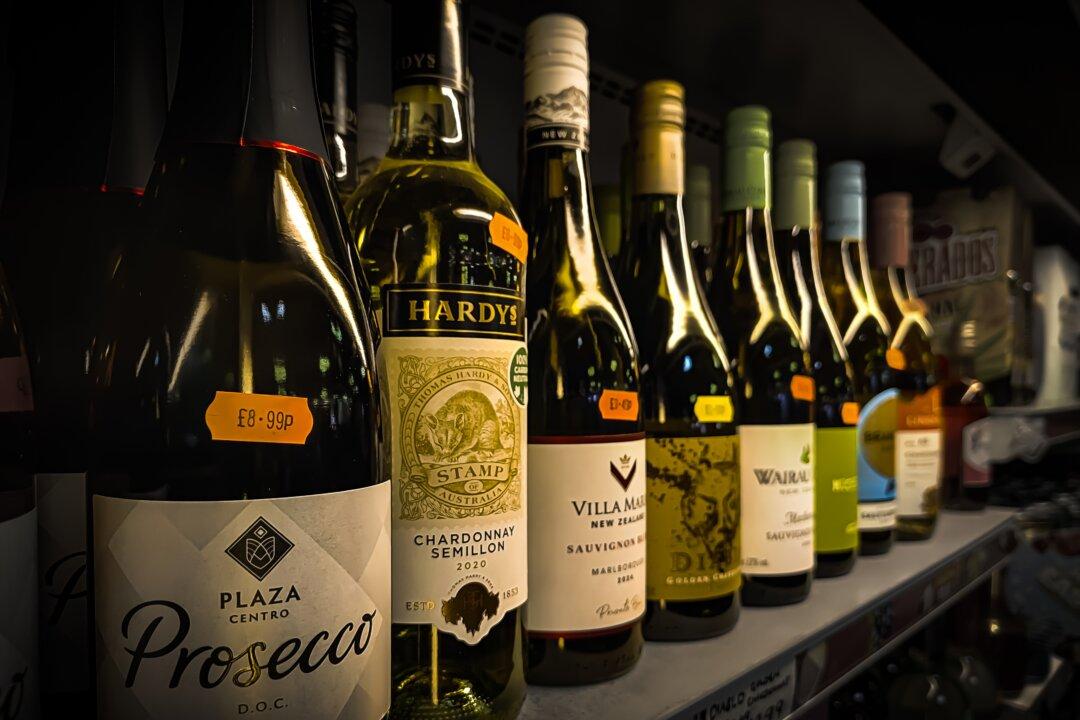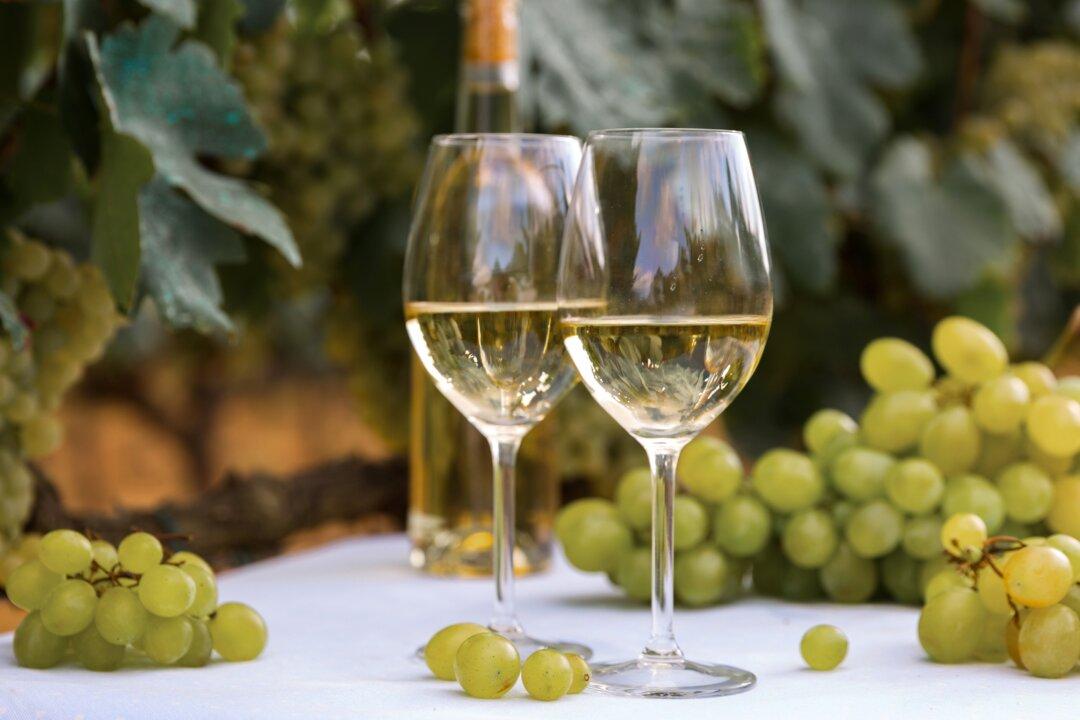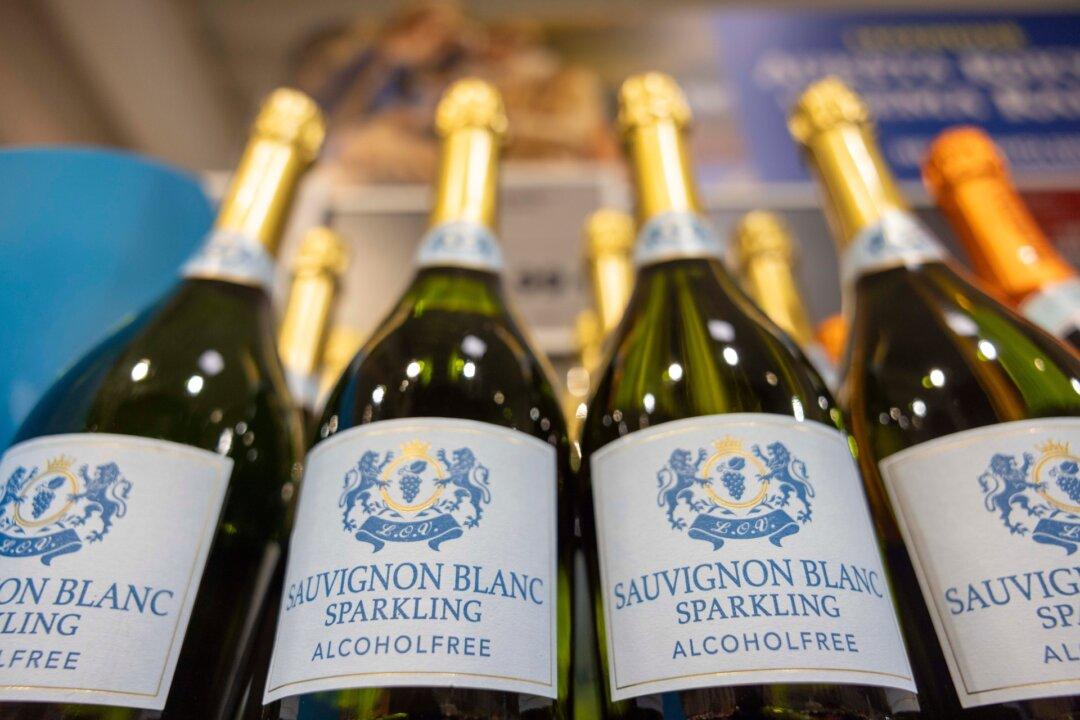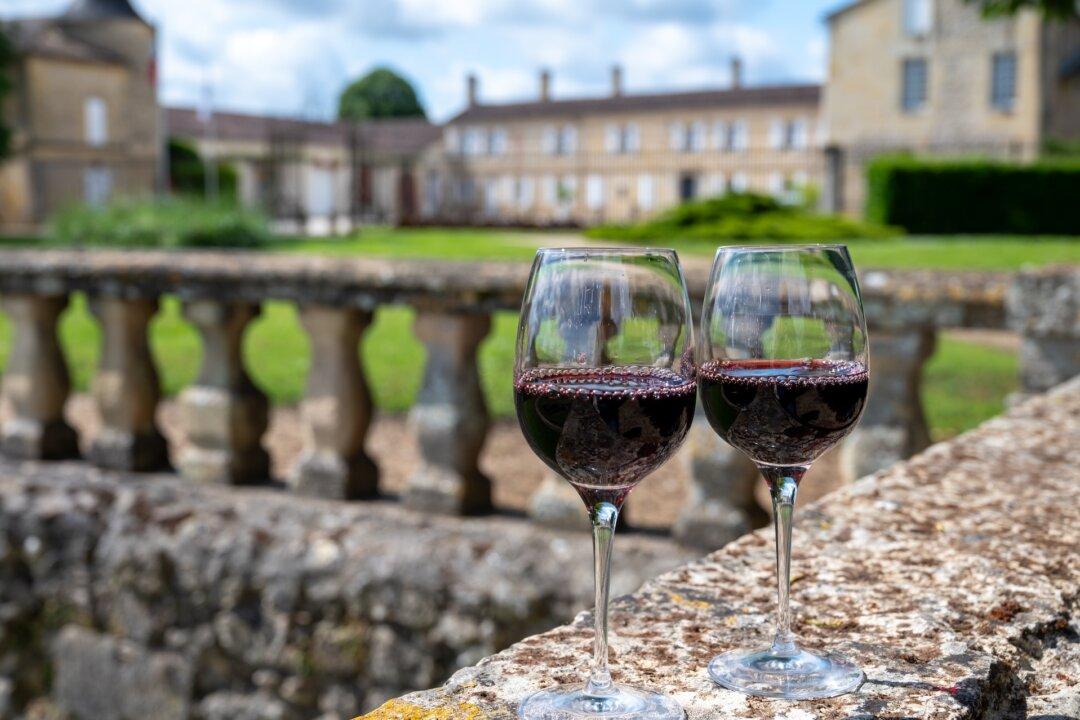There are lots of myths within the wine business that keep being repeated, and one of the most persistent was a result of somebody’s absurd comment probably about 50 years ago.
When I first saw it, I was amused: Someone said sauvignon blanc is the “poor man’s chardonnay.” That is simply ridiculous.





